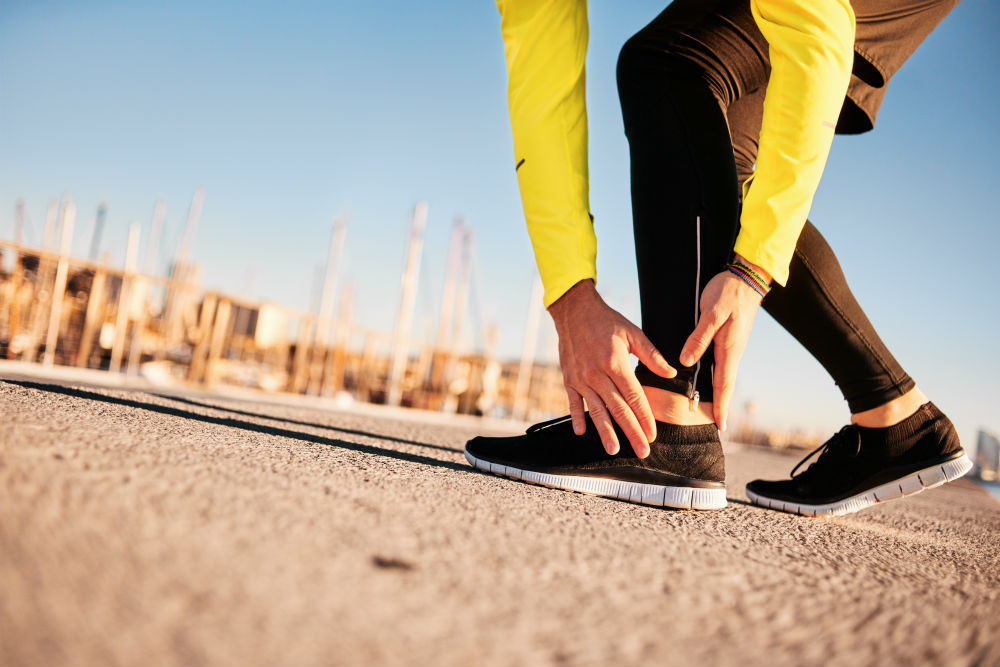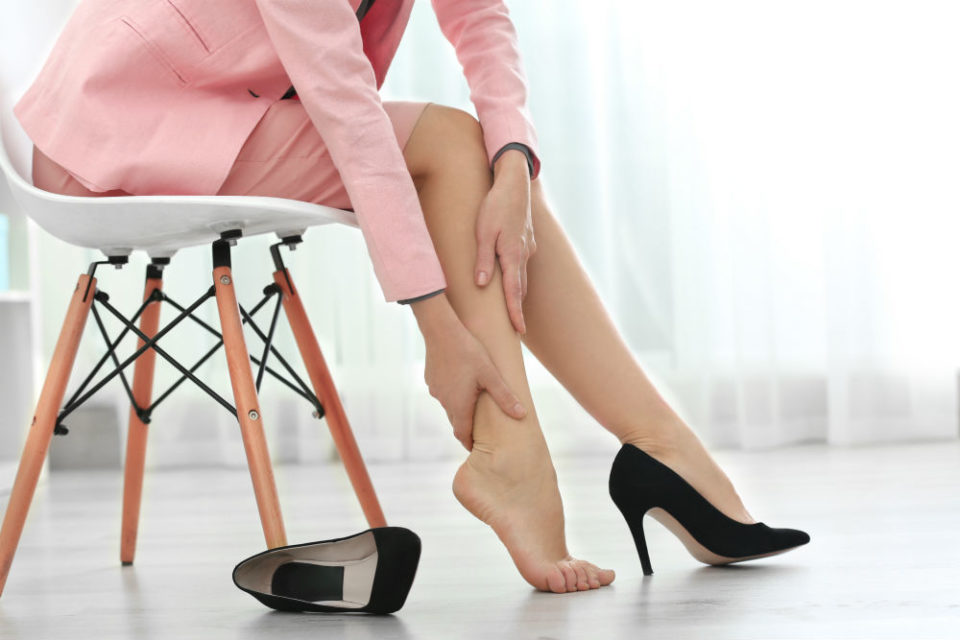
Yep, sadly it happens to all of us. We’re finally back in our summer shoes again, we’re wearing our high heels to a party, or we’ve just psyched ourselves up to go for a run in our new running shoes—no matter what the situation, it’s usually not long before we get a blister. What’s more, we often develop blisters on our hands if we do work they’re not used to. But why is that, how do blisters form on our feet and hands, and is there anything we can do to prevent them?
Why do we get blisters?
We suffer from blisters whenever our skin is exposed to friction in places that aren’t used to it. Summer footwear that we haven’t worn over the winter can irritate our feet in unfamiliar places. High heels constrict our feet, and if our feet then start swelling up after a long time wearing heels, they are bound to rub and irritate our skin. New running shoes are usually still a bit stiff in places and need to be broken in before we can wear them. And if we use tools to do some gardening, for example, subjecting our hands to unfamiliar movements, the skin on our hands will become irritated as well.
How do blisters form?
There are lots of different situations, or clothes that we wear, that can make our skin rub. If pressure is applied to our skin, the top layer of skin pushes against the layer beneath it. This causes the two layers to separate, creating a cavity that fills with fluid. The cavity forms within the epidermis or between the epidermis and dermis. Blisters can then appear whitish, yellowish, or pinkish in color. Dermatologists refer to anything up to five millimeters in size as a vesicle, while anything bigger is known as a bulla.
If the blister bursts—perhaps because it goes unnoticed for too long and is subjected to more rubbing—an open wound develops. It is essential to wash the wound, disinfect it, and then apply a band-aid to protect it. You should also use a band-aid if the blister is still intact. This protects the blister and helps stop it bursting. We’ve already covered exactly what to do if you have a blister in this blog article.
Protecting your body—what happens after a blister

Most of the time you don’t need to worry about getting a blister in the same place twice—at least, not if your skin has got used to the rubbing there. That’s because your skin then develops a callus where you had a blister, protecting your skin from more blisters and sore patches in the future.
Preventing blisters
However, simply hoping your body will form enough of a callus to protect you from future blisters shouldn’t be your goal. Added to which, neither calluses nor blisters are particularly pleasant or attractive. You need to find a way to prevent the problem in the first place, and pjuractive has a great solution—or to be more precise, a preventive measure: pjuractive 2SKIN
pjuractive 2SKIN
pjuractive 2SKIN is the innovative solution that protects against chafing and blisters. It forms an invisible protective film on thighs, underarms, chest, feet, and other problem areas immediately after applying it to your skin. This reinforces the cell structure and distributes pressure across a larger area. The result is better protection against chafing, blisters, and other uncomfortable irritation of the skin. Unlike conventional creams and sticks, it lets your skin breathe too. 2SKIN is dermatologically tested, doesn’t contain any emulsifiers—which are known to weaken the skin’s defences—and is resistant to sweat and water. It is also safe for use with functional sports textiles and neoprene suits. No matter what sports you do, with 2SKIN you’ll always be protected from chafing and blisters. Simply apply to problem areas before your training session or event starts. The gel is effective immediately, so you can get started as soon as you’ve finished applying it.
pjuractive 2SKIN is available in our online shop. Click here for pjuractive 2SKIN.
So in the future, anyone who uses our products—whether for sports or day-to-day life—can relax, safe in the knowledge that they no longer need to worry about blisters on their feet, hands, or anywhere else. They just need to make sure they use our product to prevent them ?